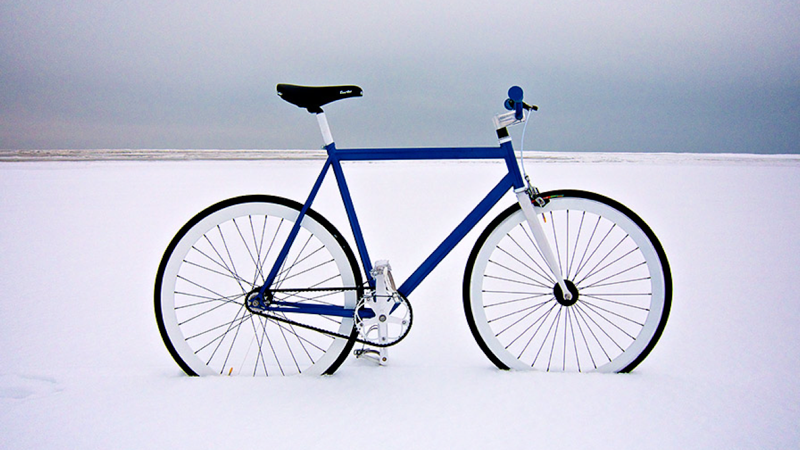

(I have also sometimes done this sort of thing in Keynote, exported the result as PDF, and then used that inside Deckset.) Like the previous reviewer, it has made me revisit my approach to designing presentations, and the fact that one can simply switch between its impressive themes at any point makes it easy to test which fulfils the purpose of the presentation best. I still revert to Keynote for the very few presentations when I absolutely must have complete control over formatting - for example, if I need to annotate figures or plots, or squish several figures together, etc. I *enjoy* preparing presentations with Deckset. I find it helps me focus on content and less on formatting. I've been using it regularly since May 2014 when it was first released and since then I have used it to prepare 29 technical presentations, the latest just this morning. Please note that this command can only be used globally, at the top of your Markdown file.I really like Deckset. If you also want to specify the color choice, you can reference the number of the color swatch as it appears within Deckset e.g.: To make sure the theme choice doesn’t get lost, you can use the following command, referencing any theme by its name: theme: Fira. in version control systems or when sending the file via email. In some cases, this information can get lost, e.g. Store theme choice in documentĭeckset does store the theme choice as metadata to the file. Please note that this command can only be used globally, at the top of your Markdown file. These can be set globally or on a per-slide basis. To automatically start a new slide with each header, use the slide-dividers: #, #, #, # command and specify the header levels you would like to take into account. Deckset has their own configuration commands that belong at the very top of the markdown file as a way of controlling the way your presentation looks and works. You may also use this command on a single slide, like so: or. You can control the duration of the transition by passing in the value in seconds: slide-transition: fade(0.3). To achieve this with Deckset, use the slide-transition: true command. In Presenter mode, you may want to transition between slides. You may turn off the footer on an individual slide by declaring on the respective slide. To override your global footer or to add a footer to a single slide, add to the respective slide. To add a persistent footer to each slide of your presentation, use the footer: My Footer content command. You may also turn this off on an individual slide by declaring or on the respective slide. To add the count of slides in your presentation, use the slidecount: true command. You may turn this on or off on an individual slide by declaring or on the respective slide. To add running slide numbers to your presentation use the slidenumbers: true command. Please note that this only affects Presenter (and Rehearsal) mode. To achieve this with Deckset, use the build-lists: true command. In Presenter and Rehearsal mode, you may want list items to appear one by one.

To enable this behavior put the autoscale: true command at the top of your markdown file. Scale content to fit the slideĪt times you have to fit more content onto one slide than the default font sizes allow for.ĭeckset comes with an option to auto-scale paragraph text, lists, and other body content down to fit onto the slide. When using global configuration commands, make sure that there are no line breaks between any other commands at the top of your markdown file. Commands can either be applied globally - if put at the top of your Markdown file - or per slide to set or override global settings. Use commands to configure your presentation settings.


 0 kommentar(er)
0 kommentar(er)
